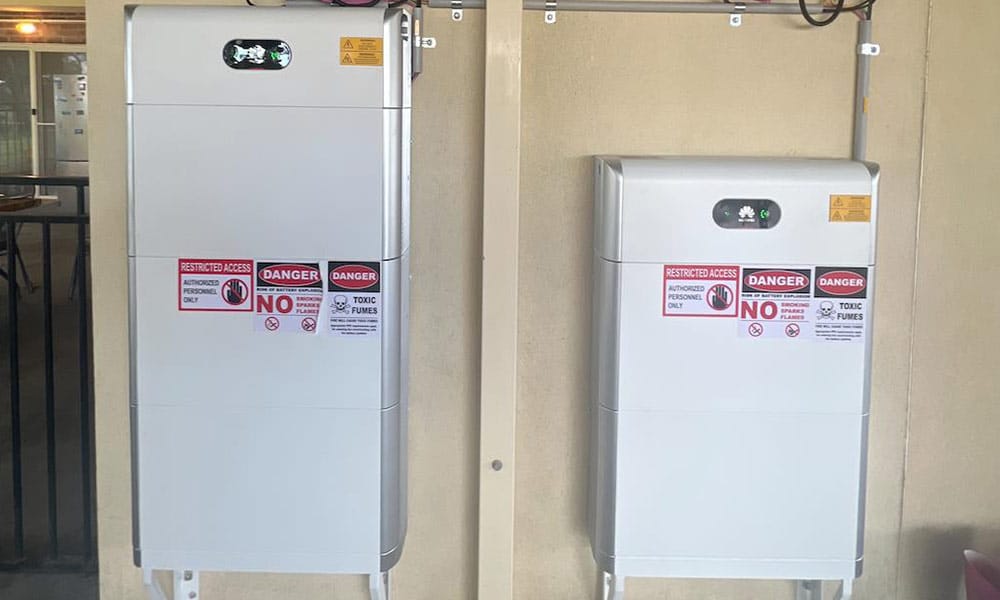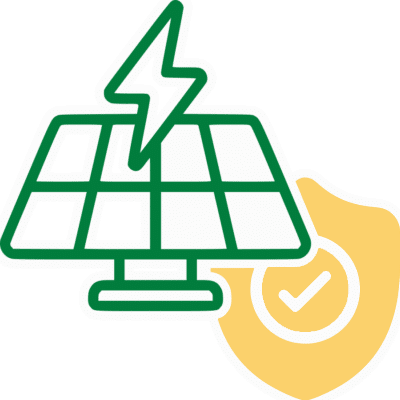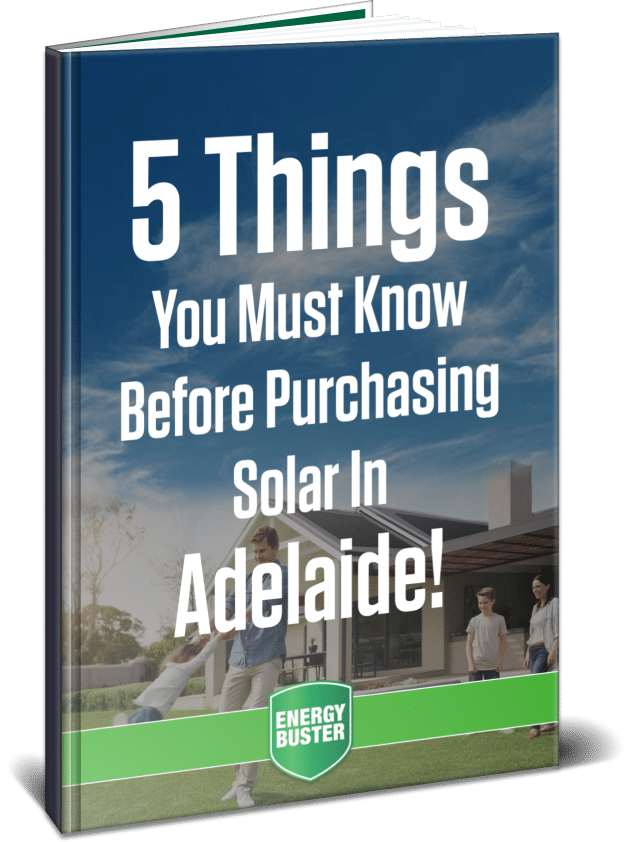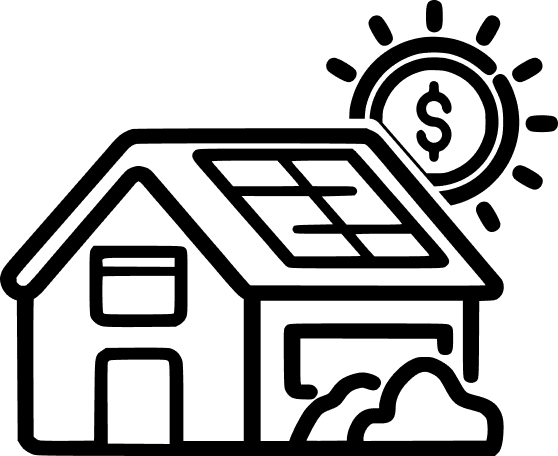
The patented technology used in our solar panels ensures maximised efficiency – even in low light – which means greater savings for our clients year round.

Research shows consumers are 100 times more likely to return a standard panel over a SunPower Panel, a testament to their quality.

The most comprehensive warranties available on the Australian market, with a full 40 Year Warranty and no hidden fine print.
Equipment
Unlock Your Renewable System’s Full Potential with Advanced Solar Battery Adelaide
Are you already enjoying renewable power but you’re looking to cut your energy bills even further? Solar batteries allow you to further harness the power of the sun and experience energy independence like never before.
At Energy Buster, our cutting-edge products offer a reliable and sustainable solution for storing excess energy, ensuring uninterrupted power supply even during grid outages. We offer solar batteries in Adelaide as part of our package.
With advanced technology and high storage capacity, your Adelaide home or business can leverage innovative batteries to maximise your solar system energy savings and reduce reliance on traditional electricity sources.
Say goodbye to rising utility bills and hello to a greener future. Invest in our top-quality solar batteries in Adelaide today and enjoy clean, renewable energy all year round.
Join the revolution and make Adelaide a leader in sustainable living.

What are the best types of solar batteries?
The answer to this question depends on your individual needs and preferences. Consider the following popular options to consider:
| Lithium-Ion Batteries Widely regarded as the top choice due to their high energy density, longer lifespan, and efficient charging and discharging capabilities. Brands like Tesla Powerwall and LG Chem are well-regarded for their lithium-ion batteries. |
Lead Acid Batteries These are more affordable but have a shorter lifespan compared to lithium-ion batteries. They are suitable for smaller-scale applications and off-grid systems. |
Flow Batteries These batteries offer excellent scalability and durability. They store energy in liquid electrolytes and are known for their long lifespan and deep cycling capabilities. Redflow is a notable brand for flow batteries. |
How much does a solar battery in Adelaide cost?
The cost can vary depending on several factors such as:
- Battery capacity
- Brand
- Installation requirements
- Any additional equipment needed
On average, the cost of a solar battery can range from several thousand dollars to tens of thousands of dollars.
Lithium-ion batteries, being the most popular choice, generally have a higher upfront cost but offer a longer lifespan and higher energy density. Prices for lithium-ion battery systems can start around $6,000 and can go up to $18,000 or more, depending on capacity and brand.
Lead acid batteries are typically less expensive but have shorter lifespans and lower energy densities. Prices for lead acid battery systems can start around $2,400 and can go up to $10,000 or more, depending on capacity and brand.
It’s important to note that these prices are approximate and can vary. Reach out and chat with a member of the Energy Buster team for help finding a solar battery option to suit your needs. We offer solar batteries in Adelaide as part of our package.
Benefits of solar batteries in Adelaide






Solar battery installation process
We offer solar batteries as part of our package. Here are the steps to the installation process:
Step One: Assessment and Planning
The solar battery installer will visit your property to assess the feasibility of installing a solar battery system. They will evaluate factors such as available space, electrical infrastructure, and energy requirements. They will also discuss your goals and preferences to determine the most suitable battery capacity and type.
Step Two: System Evaluation
If you already have a system installed, the installer will assess its compatibility with the battery. They will ensure that the existing solar panels and solar inverter can be integrated effectively with the battery system.
Step Three: Battery Sizing and Selection
Based on your energy needs and the assessment, the solar battery installer will determine the appropriate size and type of battery for your requirements. They will help you select a reliable and reputable brand that meets your budget and preferences.
Step Four: Installation of Battery Inverter and Wiring
The solar installer will set up the battery inverter, which converts the stored DC (direct current) energy from the battery into AC (alternating current) power for use in your home or business property. They will also connect the battery to your electrical panel and ensure proper wiring and safety measures.
Step Five: Battery Mounting and Connection
The battery will be securely mounted in a suitable location, such as a garage, basement, or external wall. The installer will connect the battery to the inverter, panels, and electrical system, ensuring proper integration and functionality.
Step Six: Testing and Commissioning
Once the solar battery installation is complete, the solar battery installer will thoroughly test the system to ensure all components are working correctly. They will also provide you with instructions on how to monitor and manage your system effectively.
Step Seven: Final Documentation and Handover
The solar battery installer will provide you with all necessary documentation, including warranties, user manuals, and information about system maintenance. They will also address any questions or concerns you may have and ensure you are comfortable operating the system.
If you think that purchasing batteries is the right thing for you, then the next step is to decide on the best brand. Get in touch with us by either calling us on (08) 7120 6377 or by filling out our fast free quote form.
























































